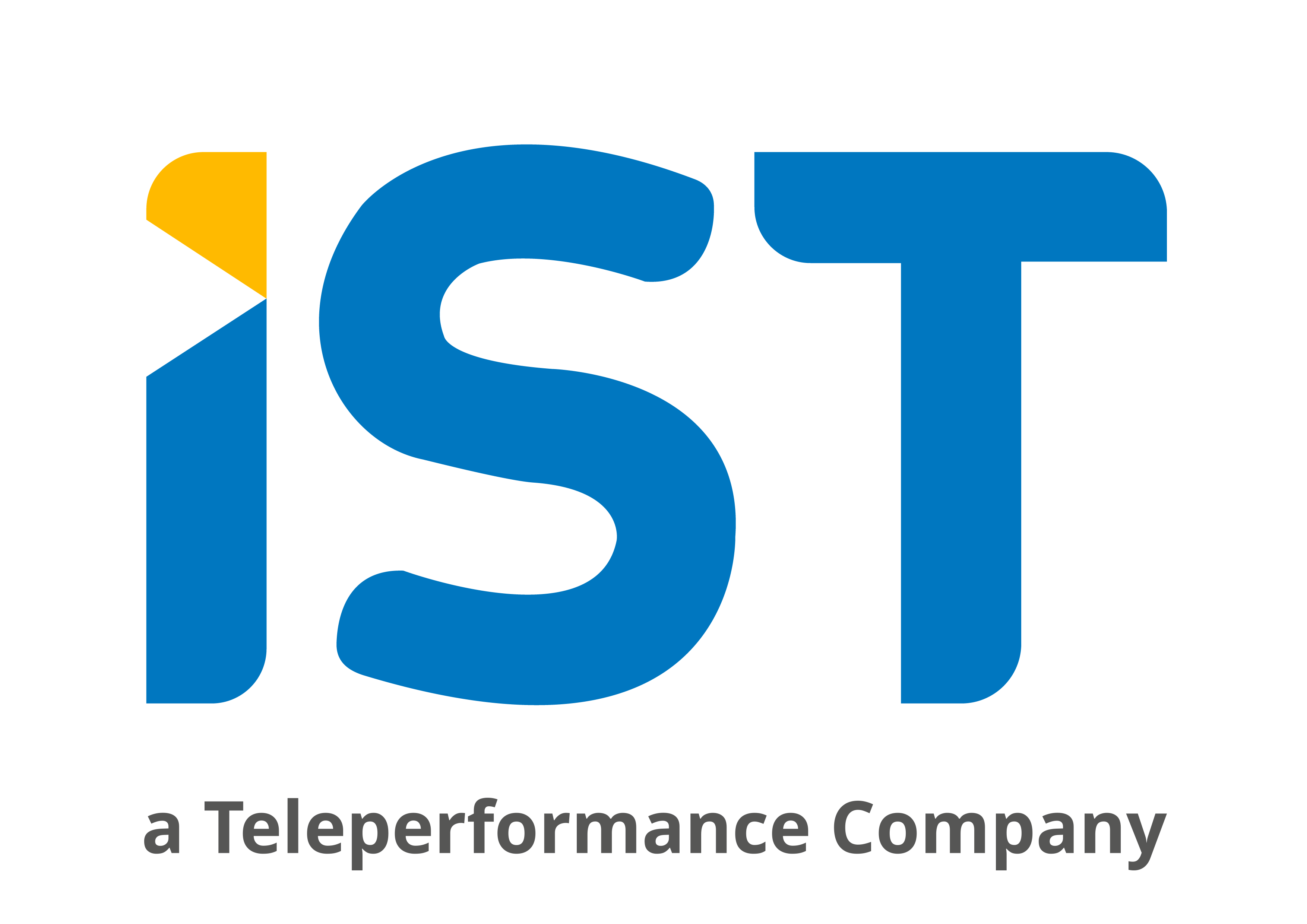
Integrating your back office with your contact center is one way you can provide seamless communication with cisco’s task routing APIs, what’s more you can integrate your CRM and ticketing systems as well as allowing you to provide your customers seamless communication and your contact center a complete view of your customer. Coupled with Cisco Context Service you can offer your customers seamless, omni-present and contextual customer service
Typically an organization’s contact center deals with thousands of requests per day that they would need to send to the back-office. Some organization uses email to forward those requests to the back-office, others would use a ticketing solution. The issue with both is that they are PULLED towards the back office. Which means agents in the back office get to cherry pick what they want.
Imagine that you need to contact your mobile provider because for some reason you are not able to receive calls, in theory, you would assume your issue to be resolved immediately but what usually happens is your mobile providers contact center will inform you that they have opened a ticket and that your issue is under investigation. In other words they will get back to you later, maybe in a few minutes, hours or sometimes even days.
“Task Routing APIs can be used to seamlessly integrate back office and cloud-based applications like CRM and ticketing systems to provide a 360-degree view of your customers. This along with Cisco Context Service will help create a unified experience for customer interactions across channels making CCE a powerful out-of-the-box Omni-channel Customer Care solution.”
Sajith Kaimal
Solutions Product Manager, Enterprise Contact Center at Cisco
Route All Tasks with Cisco’s Task Routing
In order to tackle the issues above, Cisco has designed and developed “Task Routing”, using the powerful routing engine of the
Cisco UCCE to route the tasks. Tasks are routed to the relevant agents, based on their expertise, skills, whether they are in front office or back office, the same way the
Cisco UCCE routes Voice, Email or Chat interactions. In other words, the solution treats any configured “Task” just as it would with any interaction channel, where it can be queued, routed and included in the reports.
Contextual Service & Task Routing
Contextual Service, is a cloud based tool that could be integrated with the task routing. Together, they help to create a more efficient customer and agent experience. if a customer requests for help via his smartphone app or from other channel, then the data related to the request is persisted in the Context Service cloud. The context in this case is the history of the customer’s interactions through phone applications, email, website, call with agent and much more. Extending Contextual Service with Task Routing, does not only empower your front-office agents more relevance of why the customer is interacting with your organization, but also empowers your back office with the context of the service request in order to give them a full visibility of the issue.
Task Routing – Future ready for any communication channel
Using
Cisco Task routing for back office optimization is just one of the many uses of this API. With Cisco Task Routing it provides the framework to integrate any channel to the contact center. Which is something important in our now digitized world, as new channels of communication keeps getting invented, such as SnapChat, Instagram, etc. Hence, with the Task Routing, it goes beyond integrating to the known services (Facebook, Twitter), rather provides a groundwork to integrate any service that exists now or in the future. This basically protects your investments into your contact center knowing you have the structure in place to keep up with the ever changing digital landscape.
Find out more about Cisco Task Routing by contacting IST Networks


